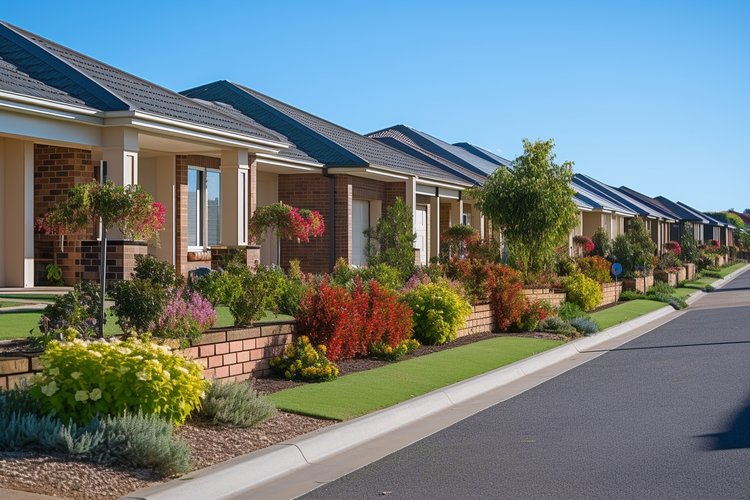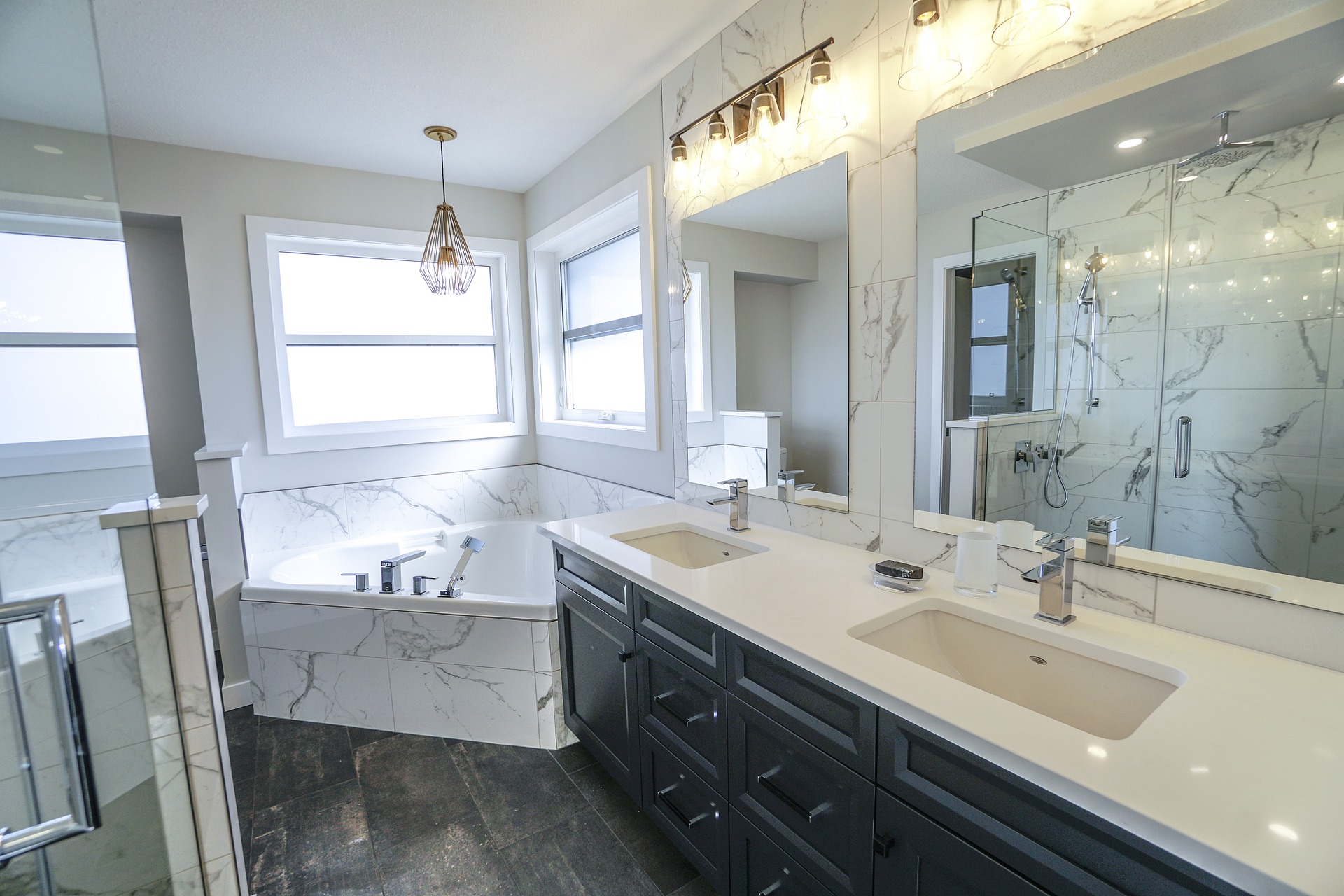Understanding the Potential of Mixed-Use Real Estate Development
The real estate market is a complex and ever-evolving landscape that offers a myriad of opportunities. One such opportunity that has gained significant traction in recent years is the concept of mixed-use development. This article delves into the essence of mixed-use real estate, explores its market trends, and discusses its potential impact on buyers, sellers, and investors.

A Dive into the History of Mixed-Use Developments
The concept of mixed-use development is not new. Historically, it was common for commercial and residential spaces to coexist in close proximity. However, with the advent of industrialization and urbanization, a trend towards separation of uses emerged, leading to the creation of distinct zones for residential, commercial, and industrial purposes. Recently, there has been a resurgence in the interest in mixed-use development, seen as a way to promote community interaction, reduce commute times, and contribute to sustainable urban growth.
The Rising Trend of Mixed-Use Real Estate Development
The current real estate market trends indicate a growing preference for mixed-use developments. These projects combine residential, commercial, and sometimes even industrial elements in a single project. They offer an enticing blend of live-work-play environments that are increasingly sought after by millennials and Gen Z, who prioritize convenience and community connections. Moreover, mixed-use developments are also attractive to investors due to their ability to generate diverse income streams.
Advantages and Challenges of Mixed-Use Developments
One of the key advantages of mixed-use developments is their potential to create vibrant, self-sustaining communities. They can offer a mix of housing options, amenities, and commercial spaces, providing residents with easy access to work, shopping, dining, and leisure activities. This not only enhances the quality of life but also reduces the need for long commutes, thereby contributing to sustainability.
However, mixed-use developments are not without their challenges. They require careful planning to ensure a successful blend of uses and to avoid conflicts between different types of occupants. Moreover, the financing and management of these projects can be more complex than single-use developments.
Potential Impact on Real Estate Players
For buyers, mixed-use developments offer a convenient, urban lifestyle, with a variety of amenities at their doorstep. For sellers and developers, these projects can command premium prices due to their attractiveness to contemporary buyers. And for investors, mixed-use developments offer diversification, as they are not reliant on a single type of tenant or income stream.
A Look at the Future of Mixed-Use Developments
As urbanization continues to increase and the demand for sustainable, convenient living solutions grows, the future of mixed-use developments looks promising. They are likely to play a critical role in shaping our cities and communities in the years to come, offering a blend of residential, commercial, and social spaces that meet the evolving needs of modern society.
In conclusion, mixed-use developments represent an exciting opportunity in the real estate landscape. However, like any investment, they require careful consideration and expert guidance to navigate successfully. As we move forward, it will be interesting to see how this trend evolves and impacts the broader real estate market.




